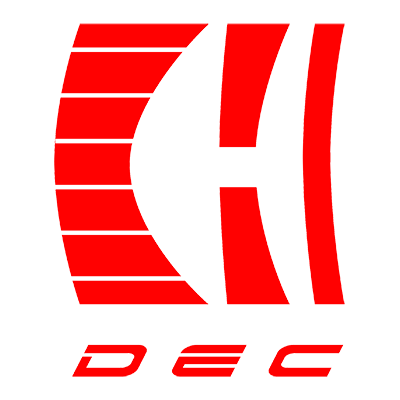Here are a few ways to drive a brushless DC motor. Some basic system requirements are listed below:
a. Power transistors: These are usually MOSFETs and IGBTs capable of withstanding high voltages (matched to engine requirements). Most home appliances use motors that produce 3/8 horsepower (1HP = 734 W). Therefore, a typical applied current value is 10A. High-voltage systems usually (> 350 V) use IGBTs.
b. MOSFET/IGBT driver: Generally speaking, it is the driver of a group of MOSFET or IGBT. That is, three “half-bridge” drivers or three-phase drivers can be selected. These solutions must be able to handle the back electromotive force (EMF) from the motor that is twice the motor voltage. Additionally, these drivers should provide protection of the power transistors through timing and switch control, ensuring that the top transistor is turned off before the bottom transistor is turned on.
c. Feedback element/control: Engineers should design some kind of feedback element in the servo control system. Examples include optical sensors, Hall effect sensors, tachometers, and lowest cost sensorless back EMF sensing. Various feedback methods are very useful, depending on the required accuracy, speed, torque. Many consumer applications typically seek to utilize back EMF sensorless technology.
d. Analog-to-digital converter: In many cases, in order to convert an analog signal to a digital signal, an analog-to-digital converter needs to be designed, which can send the digital signal to the microcontroller system.
e. Single-chip microcomputer: All closed-loop control systems (almost all brushless DC motors are closed-loop control systems) require a single-chip microcomputer, which is responsible for servo loop control calculations, correction PID control and sensor management. These digital controllers are usually 16-bit, but less complex applications can use 8-bit controllers.
Analog Power/Regulator/Reference. In addition to the above components, many systems contain power supplies, voltage regulators, voltage converters, and other analog devices such as monitors, LDOs, DC-to-DC converters, and operational amplifiers.
Analog Power Supplies/Regulators/References: In addition to the above components, many systems contain power supplies, voltage regulators, voltage converters, and other analog devices such as monitors, LDOs, DC-to-DC converters, and operational amplifiers.
Post time: Aug-15-2022
